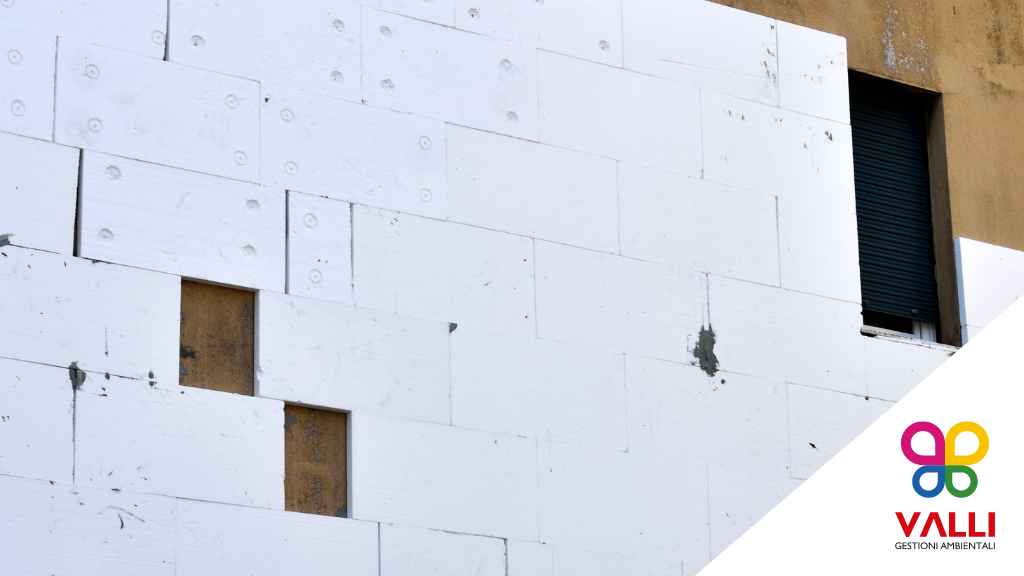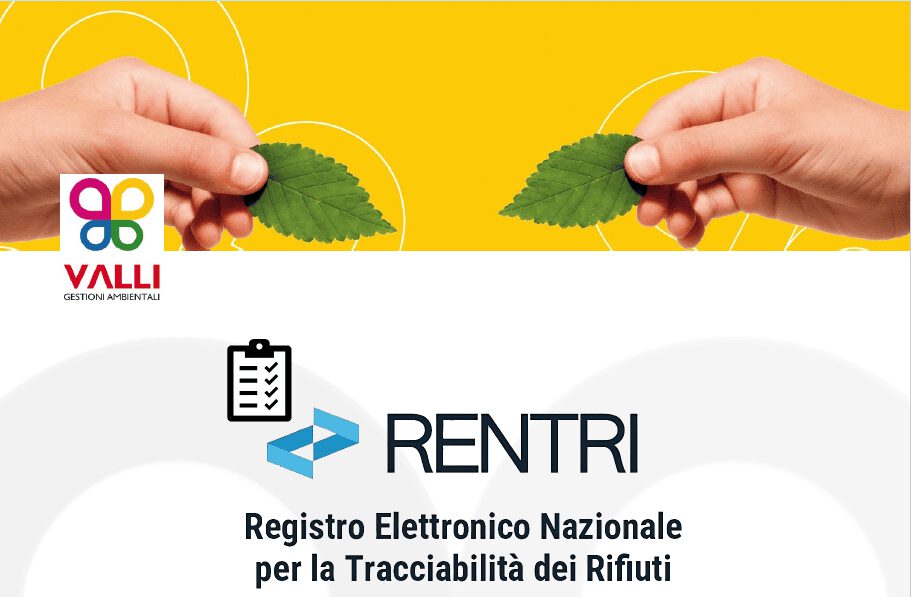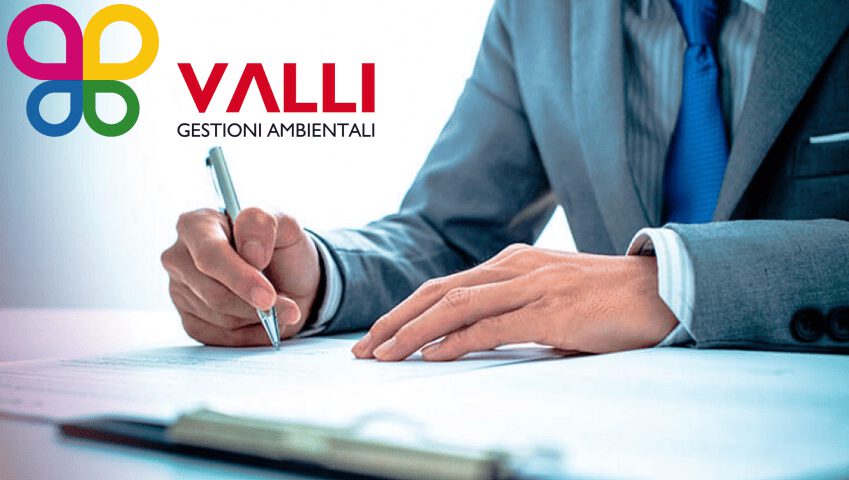Thermal insulation is a revolutionary technique that limits the dispersion of heat from the external walls of the building. But what happens when it’s time to replace it?
Thermal insulation disposal is an essential process to ensure the safety and sustainability of your home. Through a series of specialized procedures, we at Valli Gestioni Ambientali remove old insulation safely and responsibly, preparing your home for a new and improved insulation system
But the positive effects do not end there. Thermal coat disposal not only improves the energy efficiency of your home, but also contributes to better moisture and noise management, creating a more comfortable and healthy environment for you and your family.
Additionally, investing in thermal insulation disposal can lead to an increase in the value of your property and improve the aesthetic appeal of exterior walls. So, not only are you making an eco-friendly and responsible choice, but you’re also enhancing your home.
Rely on the qualified professionals of Valli Gestioni Ambientali for the disposal of the thermal insulation and transform your home into a safer, more efficient and welcoming environment.
How do you dispose of the thermal insulation?
Although waste sorting has become common practice, some waste, such as thermal insulation and insulating materials, can be confusing.
First of all, it is important to understand that this special waste cannot be disposed of in ordinary separate collection. You should consult your local regulations, including Legislative Decree 152/2006, for specific procedures.
Thermal insulation and insulation materials require special treatment. They cannot simply be thrown into landfills. They must be delivered through dedicated collection services, which will provide adequate heat treatment or recycling.
Don’t let that confuse you: by following the right procedures, you can ensure that the disposal of your thermal coat is safe and environmentally friendly.
Disposal of Insulating Panels
Responsible waste management is essential to avoid damage to public health and the ecosystem, especially when it comes to insulation materials, which may contain harmful substances such as asbestos or lead.
There are different types of insulation materials, each with specific thermal insulation properties. Among the most common are fiberglass, rock wool, glass wool, polyurethane foam, expanded polystyrene and cork.
To properly dispose of insulation materials, it is important to follow local regulations and consult relevant regulations. Insulation materials should not be thrown into landfills, as they can take a long time to degrade and pose risks to the environment and human health.
Instead, it is advisable to use specialized collection services that offer safe disposal, such as recycling or heat treatment. These services take care of collecting the insulation materials and disposing of them in compliance with environmental regulations.
We at Valli Gestioni Ambientali provide professional services for the disposal of insulating materials, ensuring maximum safety and compliance with current regulations.
Contact us today to request a personalized quote and contribute to a healthier and safer environment!
How is polyurethane foam disposed of?
Polyurethane is one of the most popular insulation materials used in the construction industry to improve the energy efficiency of buildings, insulating walls, roofs and structures. However, its disposal presents significant challenges, given the presence of harmful chemicals that can pose risks to the environment and human health if not treated properly.
This insulation material contains a mixture of chemical components, including di-isocyanates and polyols, which can release toxic vapors if burned or placed in unauthorized landfills. Additionally, polyurethane foam can be difficult to recycle or reuse due to its complex structure and inherent chemical properties.
To responsibly address the problem of polyurethane disposal, it is essential to turn to professionals or companies specialized in the treatment of hazardous waste. Companies like ours are equipped with the knowledge and resources necessary to handle polyurethane and other insulation materials in a safe and environmentally friendly way.
The process of disposing of polyurethane usually involves several steps. Initially, the material is collected from construction sites or building owners and transported to specialized facilities. Here, polyurethane is separated from other materials and subjected to treatments that may include shredding, thermal shredding or chemical recovery.
Mechanical shredding can be used to reduce polyurethane into small pieces that can later be recycled or reused as a secondary building material or for other industrial purposes. Thermal shredding, on the other hand, involves the use of high temperatures to decompose polyurethane into gases and other chemicals, which can be safely recovered or neutralized.
Chemical recovery is another option for disposing of polyurethane, which involves breaking down the material into basic chemical components that can be used to produce new materials or energy.
Regardless of the method used, it is critical that polyurethane disposal is conducted in accordance with local and international environmental and health regulations. Only through a responsible and conscious approach can we mitigate the risks associated with the disposal of this insulating material and protect the environment and public health for future generations.
To learn more about polyurethane disposal, see the resource. this file.
Disposal of the Thermal Insulation: the regulations
Regulations regarding the disposal of thermal insulation, which includes insulating materials such as expanded polystyrene (EPS) and polyurethane, are of fundamental importance in the context of construction waste management. These materials, which are widely used to improve the energy efficiency of buildings, present specific challenges related to their composition and environmental implications.
In Italy, Legislative Decree 152/2006 defines construction waste as special waste, emphasizing the need for careful and specific treatment. This classification is extremely relevant for thermal insulation, as it often contains hazardous materials such as flame-retardant polystyrene foam or polyurethane. Article 184 of that decree clearly establishes the obligation to dispose of such waste in an appropriate manner and in accordance with the regulations in force.
The management of waste deriving from thermal insulation requires particular attention to safety and the environment. The correct classification of materials according to the specific waste categories defined by the European List of Waste (EER) is essential to ensure environmentally sustainable treatment. In addition, the presence of hazardous substances such as polycyclic aromatic hydrocarbons (PAHs) in flame retardant materials adds further complexity to their management and requires specialized disposal procedures.
The legal responsibilities related to the disposal of thermal insulation are well defined in the context of construction activities. The producer or holder of the waste is required to ensure that transport and disposal are carried out by authorised parties who comply with current legislation. Failure to manage it properly could result in serious penalties and legal liability under Article 188 of the Environmental Consolidated Law on Finance.
The transport of waste deriving from the thermal insulation must take place under the supervision of operators registered in the National Register of Environmental Managers, thus ensuring that the activities are conducted in compliance with environmental laws and safety requirements. In addition, the correct completion of the identification form during transport is essential to trace the path of waste and ensure transparency and compliance with regulations.
In summary, regulations relating to the disposal of thermal insulation play a crucial role in the sustainable management of construction waste. The correct application of these regulations not only protects the environment but also ensures safety and legal compliance throughout the entire process of managing waste from these construction activities.
Do you have to dispose of the Thermal Coat? Choose Valli Environmental Management
Choosing the right partner for the disposal of thermal insulation is crucial to ensure an efficient and compliant process, minimizing the environmental impacts and legal risks associated with construction waste management. Valli Gestioni Ambientali stands out as an excellent choice in this field, offering a wide range of benefits ranging from consolidated experience to environmental sustainability, passing through customized services and technological innovation.
Experience and reliability in the sector represent one of the pillars on which our offer is based. With years of experience in the field of construction waste management, the company has developed a deep understanding of best practices, current regulations, and industry-specific challenges. This allows Valli Gestioni Ambientali to provide complete services that cover the entire life cycle of construction waste, from collection to transport, up to disposal and recovery, ensuring efficient management and compliance with all environmental laws.
Regulatory compliance and safety are top priorities for us. The company ensures that all its processes, from transport to the correct removal of thermal insulation, strictly comply with current laws. This commitment not only protects customers from potential legal risks but also ensures maximum safety at every stage of the waste management process.
Environmental sustainability is at the heart of our philosophy. We are committed to actively promoting the recycling and recovery of materials, thus helping to reduce the environmental impact of construction projects and preserve natural resources for future generations. Thanks to customized and innovative solutions, we are able to adapt our services to the specific needs of each customer, offering complete support and dedicated assistance.
In conclusion, choosing Valli Gestioni Ambientali for the disposal of thermal insulation means relying on an experienced, reliable partner committed to environmental sustainability. With a customer-oriented and innovation-oriented approach, our company is an excellent choice for anyone looking for a high-quality, safe and responsible construction waste management service.
Do you need a fast and reliable solution for your waste disposal? Fill out our form and you will be contacted by one of our experts in the shortest possible time!




